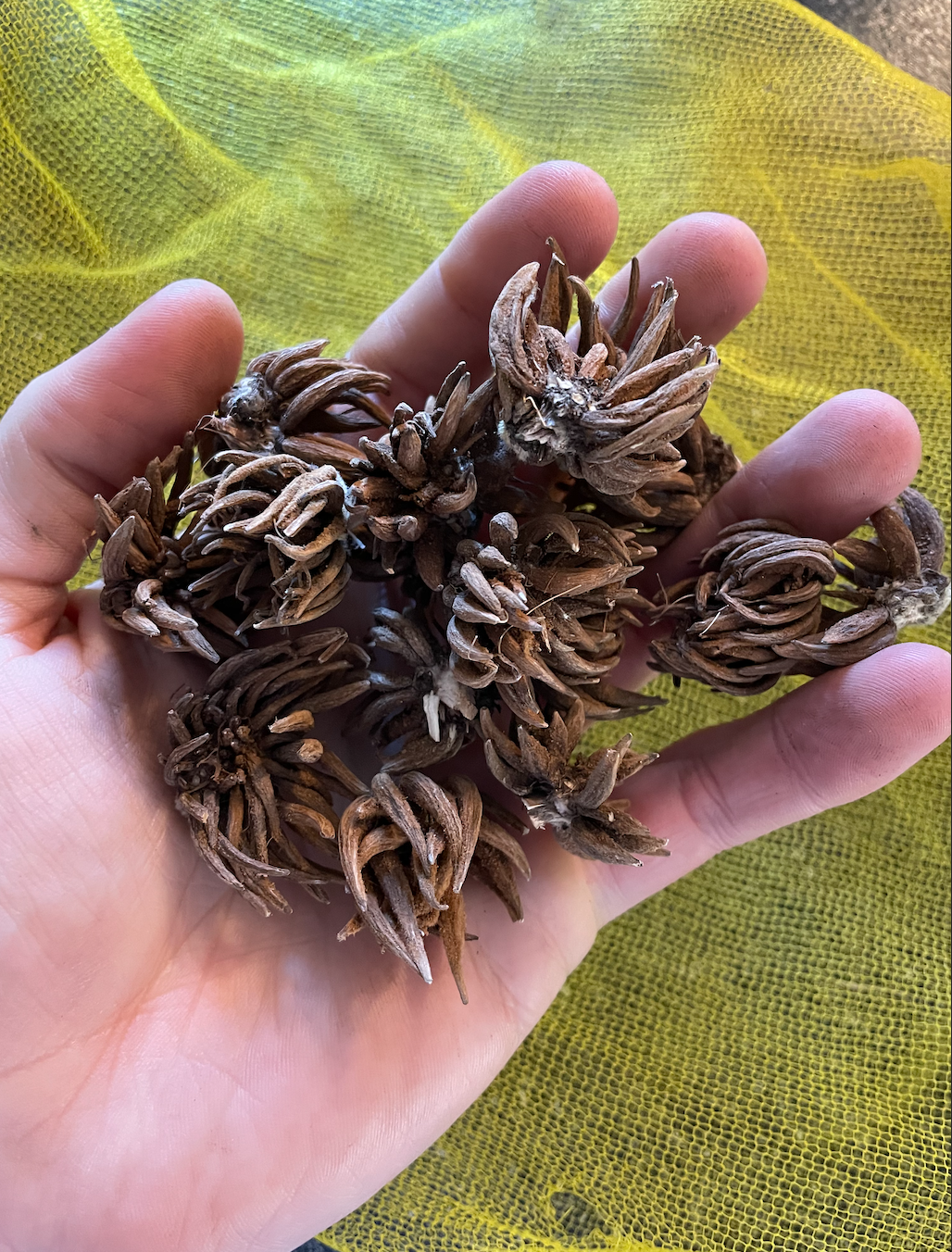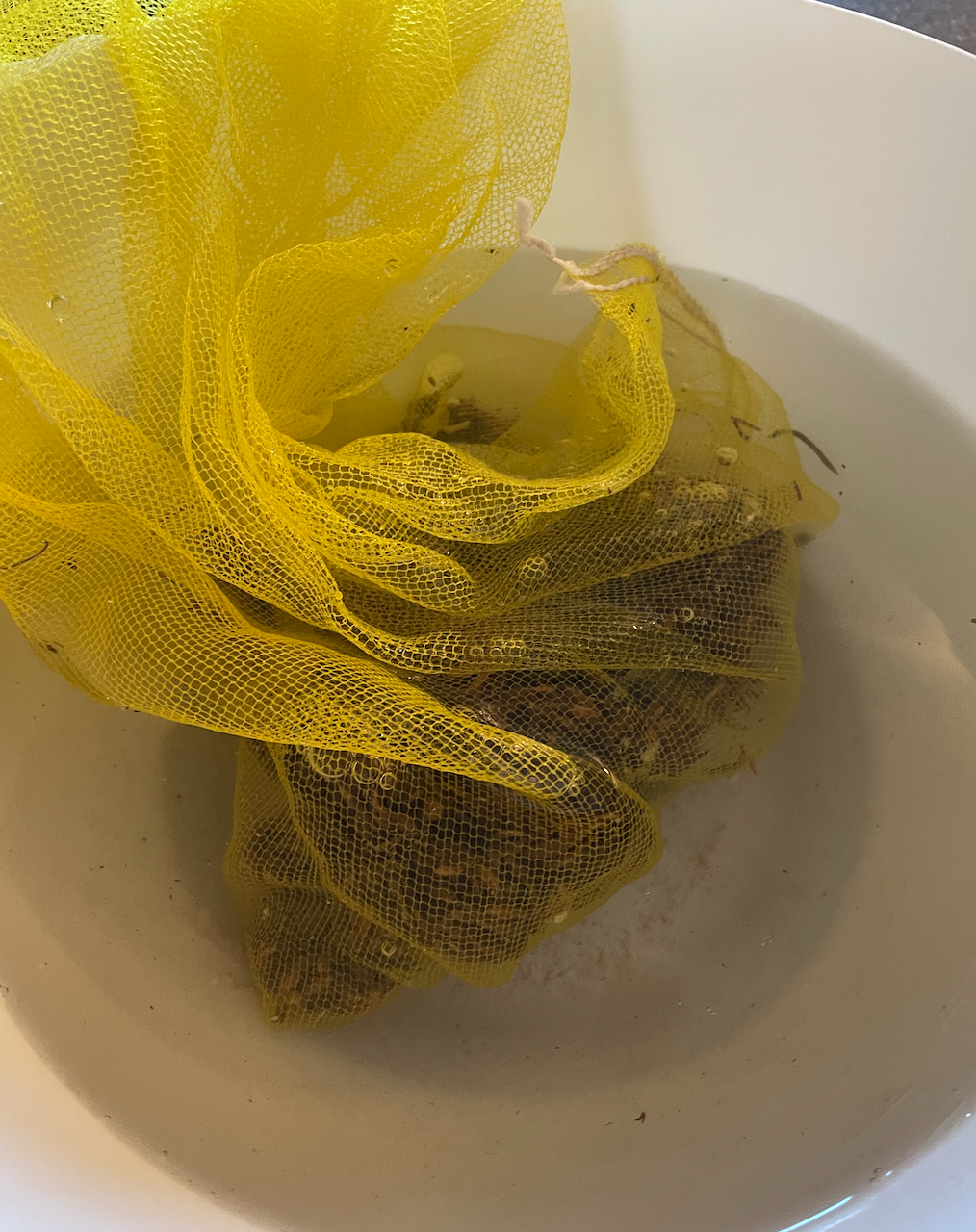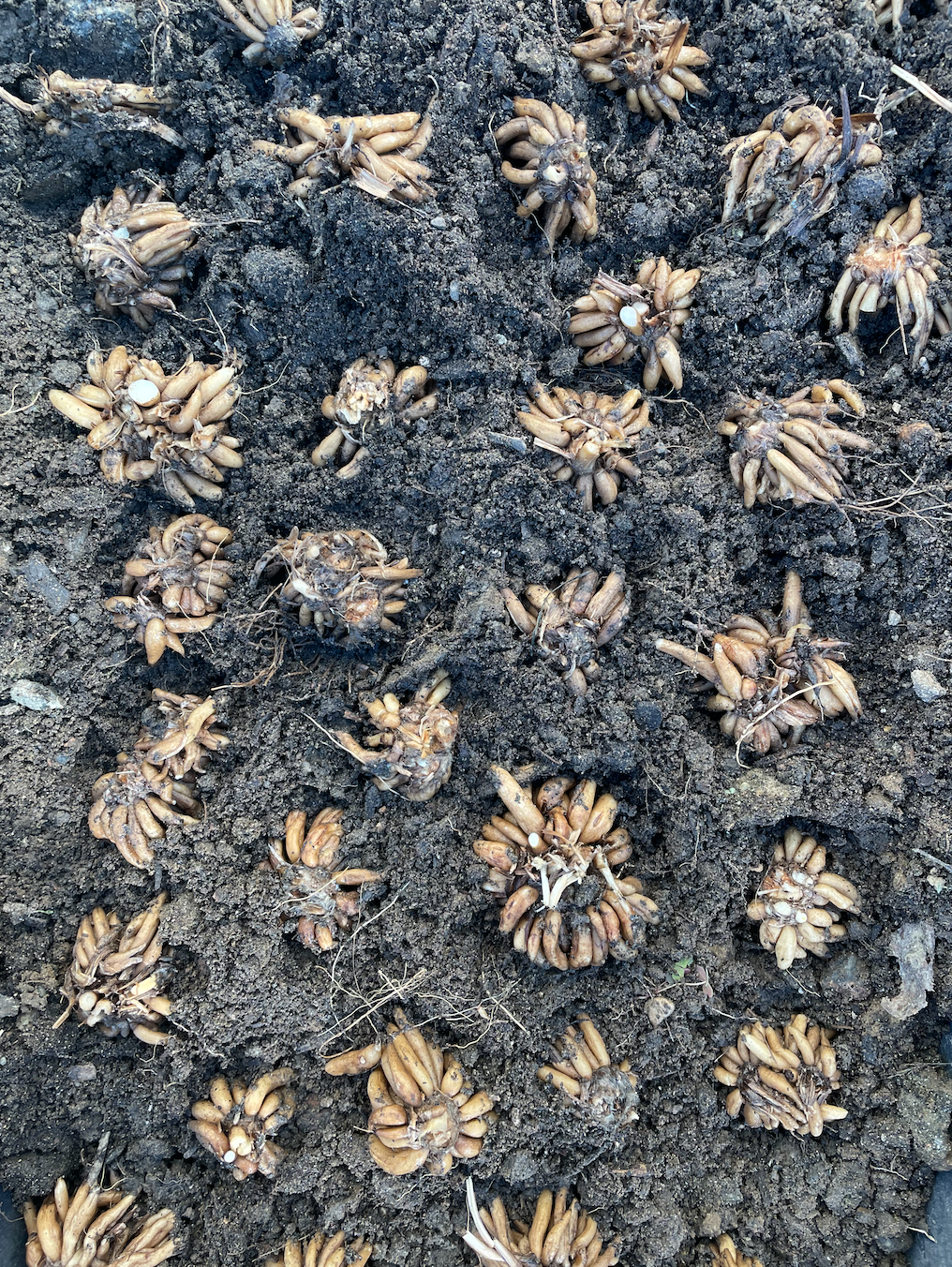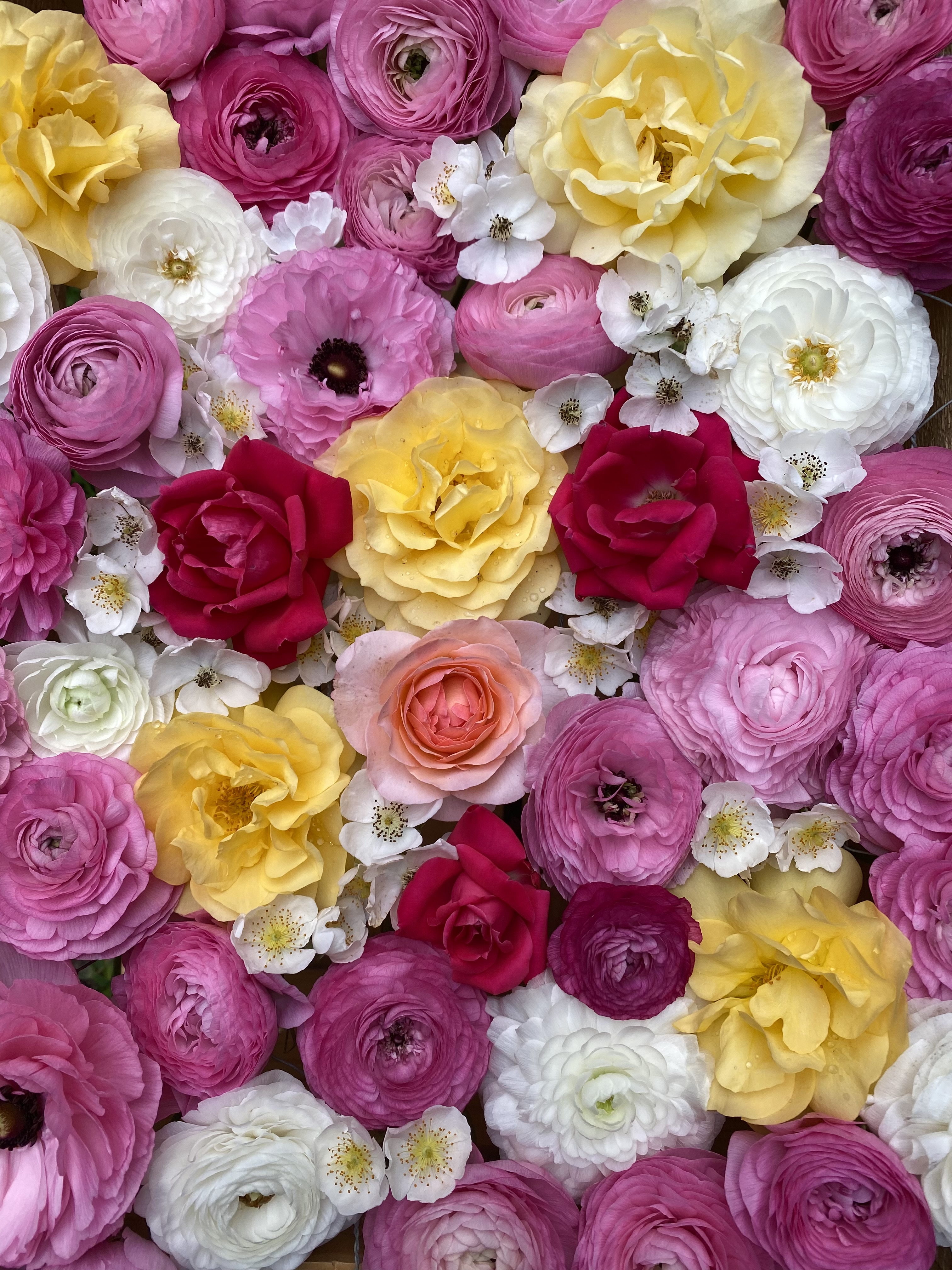How to Grow Ranunculus
Posted by Bernard Henry on Feb 15th 2014
Guide to growing ranunculus
If you grow in a zone like me (zone 6b) and below, ranunculus can either be grown in a greenhouse throughout the winter or planted in late winter/early spring. These flowers do best with long, cool springs. Unfortunately, it seems springs in Connecticut warm up a bit too quick for ranunculus to be just planted out in spring. If you plant them too late, you'll end up with spindly weak plants with no buds, or very small blooms.

What I do first is something called pre-sprouting them. This just means that I soak the bulbs in warm water for 4-6 hours and plant in a seed tray with soil. Don't worry too much about spacing as they'll be transplanted into pots or the ground from this tray (this is just to get them started!) This gives you flowers a few weeks earlier than just planting out in the soil. You’ll want to plant the bulbs octopus legs down (since the bulbs look like tiny octopi).

Plant them in the trays so they are completely covered by soil. Put them somewhere cool and dark (40-50 degrees F). Make sure to keep the soil moist. They should root and sprout within 10-12 days. Make sure to label your trays if you want to keep track of which color you planted!

Once they’ve sprouted, plant them in the ground. Make sure to add a good amount of compost and a balanced fertilizer in with them. Plant 9 inches apart and 2-3 inches deep. Plant in full sun.
During cold stretches they won’t grow much, so don’t be too worried if you don't see new growth! Mine have handled temps down to -1 F in low tunnels. When the weather warms they’ll explode before your eyes! These bulbs “corms” will flower 90 days after planting. For me in zone 6b, fall planted ranunculus usually flower by mid April.
To save the corms, let them finish flowering and allow the foliage to die back. Dig up the corms and store in cool, dark place. You’ll also notice that the corms have multiplied!
For zones 7+
Follow the same rules as above, but you guys get to leave the corms in the ground. No need to dig them up, you have warm enough winters that they can be treated as perennials!

